Working with Complementary Colors
To me, every jewelry design rises or falls on the color choices. You can get away with a less-than perfect wrapped loop, but a poor color combination is hard to overcome. At the same time, nothing in design is more personal than the colors. There are people seem to be born with a sense of color – but I think color savvy is born from confidence and confidence is developed through experience.
Knowing the basic rules of color mixing can contribute to color confidence and make the experimenting much easier. This is the first in a series of articles exploring color. We’re going to start with complementary colors. Complementary colors are two colors on the opposite sides of the color wheel. The complement of a primary color (red, blue and yellow) is a secondary color made by combining the other two primaries. For instance, the complement of red is green (blue and yellow), blue’s complement is orange (red and yellow) and yellow’s is violet (blue and red).
Knowing the basic rules of color mixing can contribute to color confidence and make the experimenting much easier. This is the first in a series of articles exploring color. We’re going to start with complementary colors. Complementary colors are two colors on the opposite sides of the color wheel. The complement of a primary color (red, blue and yellow) is a secondary color made by combining the other two primaries. For instance, the complement of red is green (blue and yellow), blue’s complement is orange (red and yellow) and yellow’s is violet (blue and red).

When combined, two complementary colors make each other pop. There is as much science as art behind this effect. The photoreceptor cells in your eye that contribute to color vision are called cones. Different types of cones perceive different colors of light. If you stare at one color for a while and move your gaze to a light surface, you'll see a “ghost” of its complement.
If you're staring at a red square too long, the cells in your eye that process red light will become tired and send a weaker signal to your brain. Since that part of the visual spectrum is fatigued, when you look at a white wall after staring at the red square, you'll see a faint green glow. What you're seeing is the white spectrum of light from the wall, minus some red. Your brain processes it — and you see it — as green.
When working with complements, I prefer to make one of the colors dominant. If each color carries the same weight in the design, the pop is a bit too loud. To me, equal complementary colors create a visual tussle that doesn’t allow either color to really shine – and doesn’t allow the eye to rest. Then again, if you’re putting together a bold, color-blocked design, maybe loud is just your volume and visual rest isn’t you’re goal.
If you're staring at a red square too long, the cells in your eye that process red light will become tired and send a weaker signal to your brain. Since that part of the visual spectrum is fatigued, when you look at a white wall after staring at the red square, you'll see a faint green glow. What you're seeing is the white spectrum of light from the wall, minus some red. Your brain processes it — and you see it — as green.
When working with complements, I prefer to make one of the colors dominant. If each color carries the same weight in the design, the pop is a bit too loud. To me, equal complementary colors create a visual tussle that doesn’t allow either color to really shine – and doesn’t allow the eye to rest. Then again, if you’re putting together a bold, color-blocked design, maybe loud is just your volume and visual rest isn’t you’re goal.
Even in the most pleasing proportions, straight complements are a bold choice. Straight primary and secondary colors (red, blue, yellow, green, orange, violet) are not my comfort zone. But I’ve seen artists use them to great effect in powerful, graphic designs.
I prefer to accent a primary color — blue for instance, with something just adjacent to its straight complement. A yellow orange or an orange that leans to red still make the blue pop, but the effect is more subtle.
You can create an even more subtle pairing by avoiding primaries and secondaries all together and combining a blue/green with a yellow orange. When you’re fishing for complements in your bead stash/store, you can play with anything from gemstones to wire.
Translate that theory into gemstones by combining a touch of carnelian (red/orange) to set off some blue crazy lace agate (blue/green). Or, if you’re looking for crystal combinations. try:
Peridot + Siam
Amethyst + Joquil
Aquamarine + Topaz
The combinations don’t always need to be bead + bead. You can amplify the effect of a turquoise-colored bead by stringing it on a bit yellow-orange craft wire for super- simple earrings that immediately catch the eye.
Of course, you can skip the beads all together by twisting, braising or weaving complementary colors of craft wire together.
I prefer to accent a primary color — blue for instance, with something just adjacent to its straight complement. A yellow orange or an orange that leans to red still make the blue pop, but the effect is more subtle.
You can create an even more subtle pairing by avoiding primaries and secondaries all together and combining a blue/green with a yellow orange. When you’re fishing for complements in your bead stash/store, you can play with anything from gemstones to wire.
Translate that theory into gemstones by combining a touch of carnelian (red/orange) to set off some blue crazy lace agate (blue/green). Or, if you’re looking for crystal combinations. try:
Peridot + Siam
Amethyst + Joquil
Aquamarine + Topaz
The combinations don’t always need to be bead + bead. You can amplify the effect of a turquoise-colored bead by stringing it on a bit yellow-orange craft wire for super- simple earrings that immediately catch the eye.
Of course, you can skip the beads all together by twisting, braising or weaving complementary colors of craft wire together.

Materials

Blue Green Quartz Faceted Trapezoid Beads - 8 Inch Strand
A1-64
- Lesson Quantity: 1.00 pieces
- Purchase Quantity: 1.00 each
- Price: $13.97
- Gold Club Price: $10.48

Wire

Beads

Cabochons
Tools

WireJewelry - Ultimate Wire-Pliers Jewelry Pliers with Case, Set of 5
G15-20
- G15-20
- Lesson Quantity: 1.00 pieces
- Purchase Quantity: 1.00 each
- Price: $170.72
- Gold Club Price: $128.04

Bench Tools
- Category: Design
- Technique(s): Design






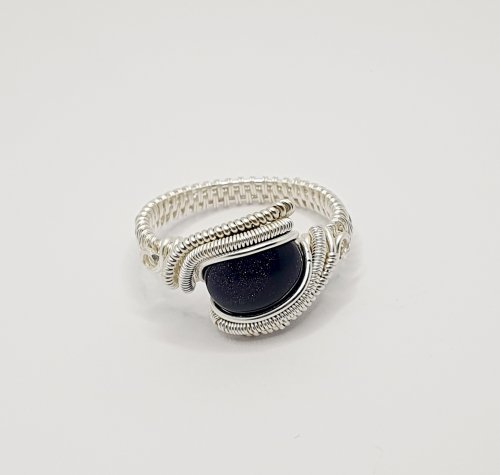
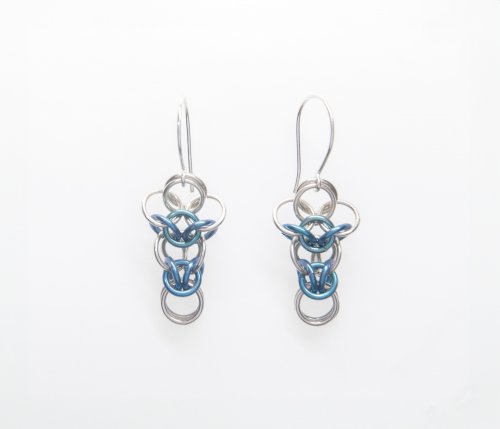
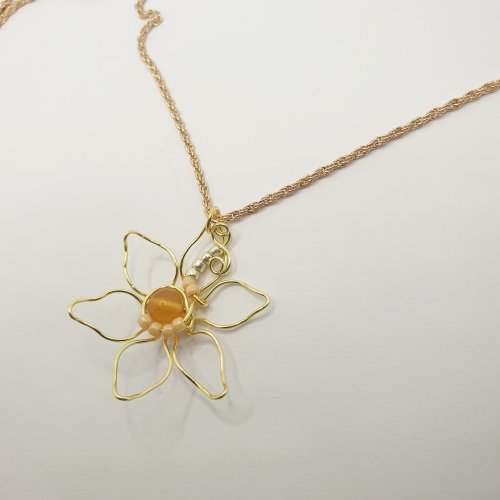

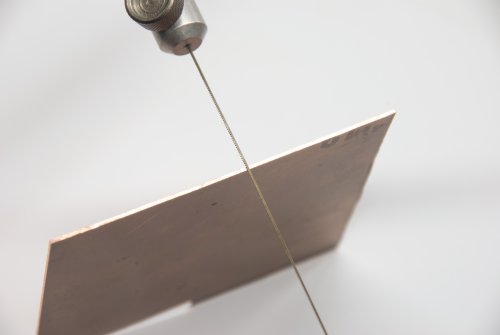
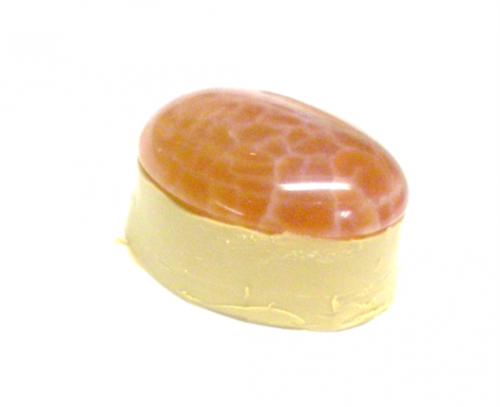
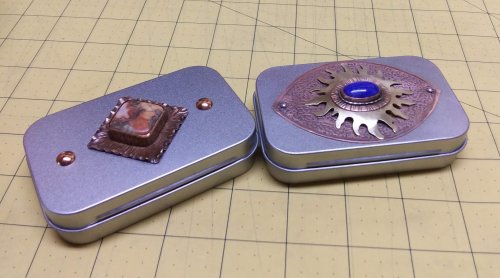

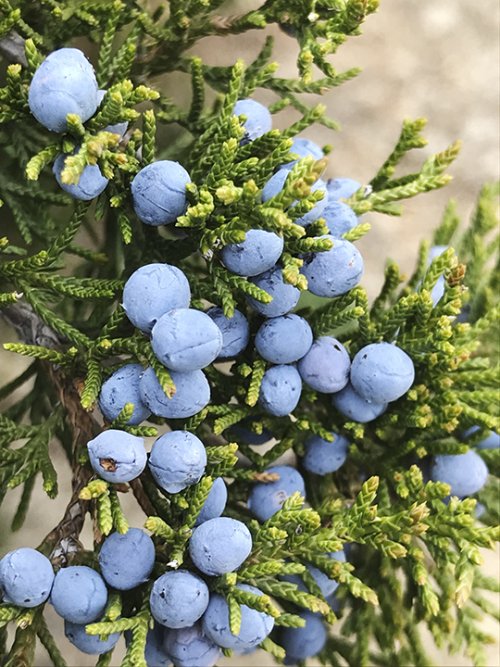


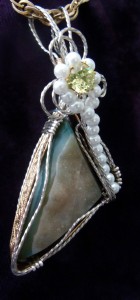

 Working with Analogous Colors
Working with Analogous Colors Working with Split Complementary Colors
Working with Split Complementary Colors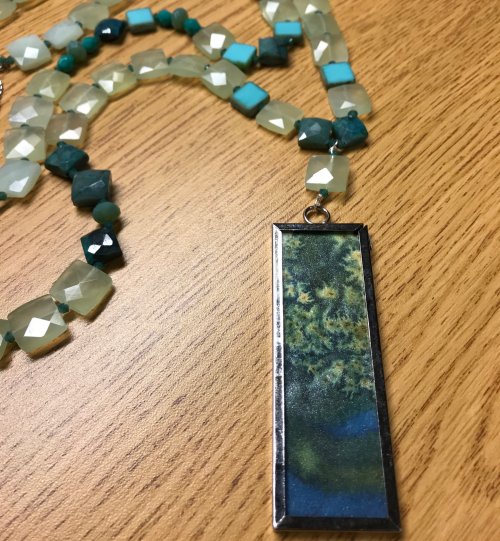 Color Inspiration - Cool Blues and Greens
Color Inspiration - Cool Blues and Greens Designing with Neutral and Universal Colors
Designing with Neutral and Universal Colors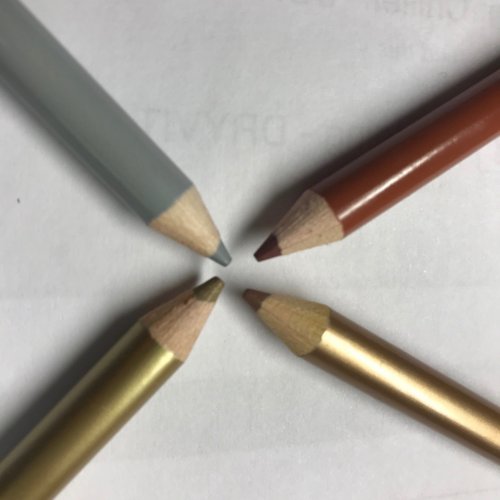 Mixing Color with Metal
Mixing Color with Metal Wrapped Loops Beyond the Basics
Wrapped Loops Beyond the Basics
